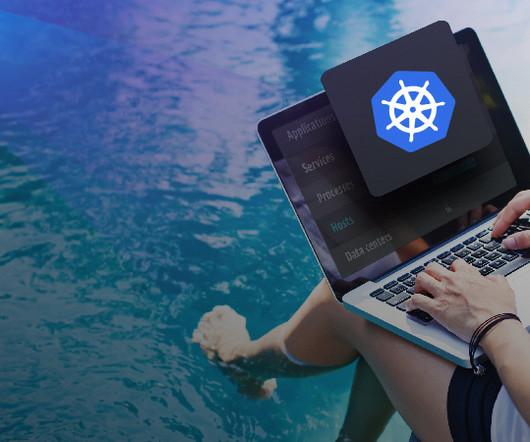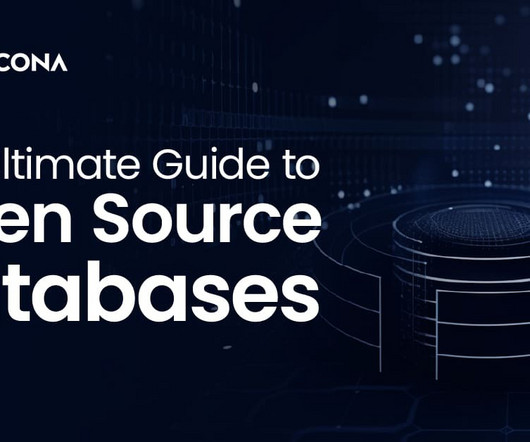Kubernetes in the wild report 2023
Dynatrace
JANUARY 16, 2023
The report also reveals the leading programming languages practitioners use for application workloads. are the top 3 programming languages for Kubernetes application workloads. Redis is an in-memory key-value store and cache that simplifies processing, storage, and interaction with data in Kubernetes environments.















Let's personalize your content